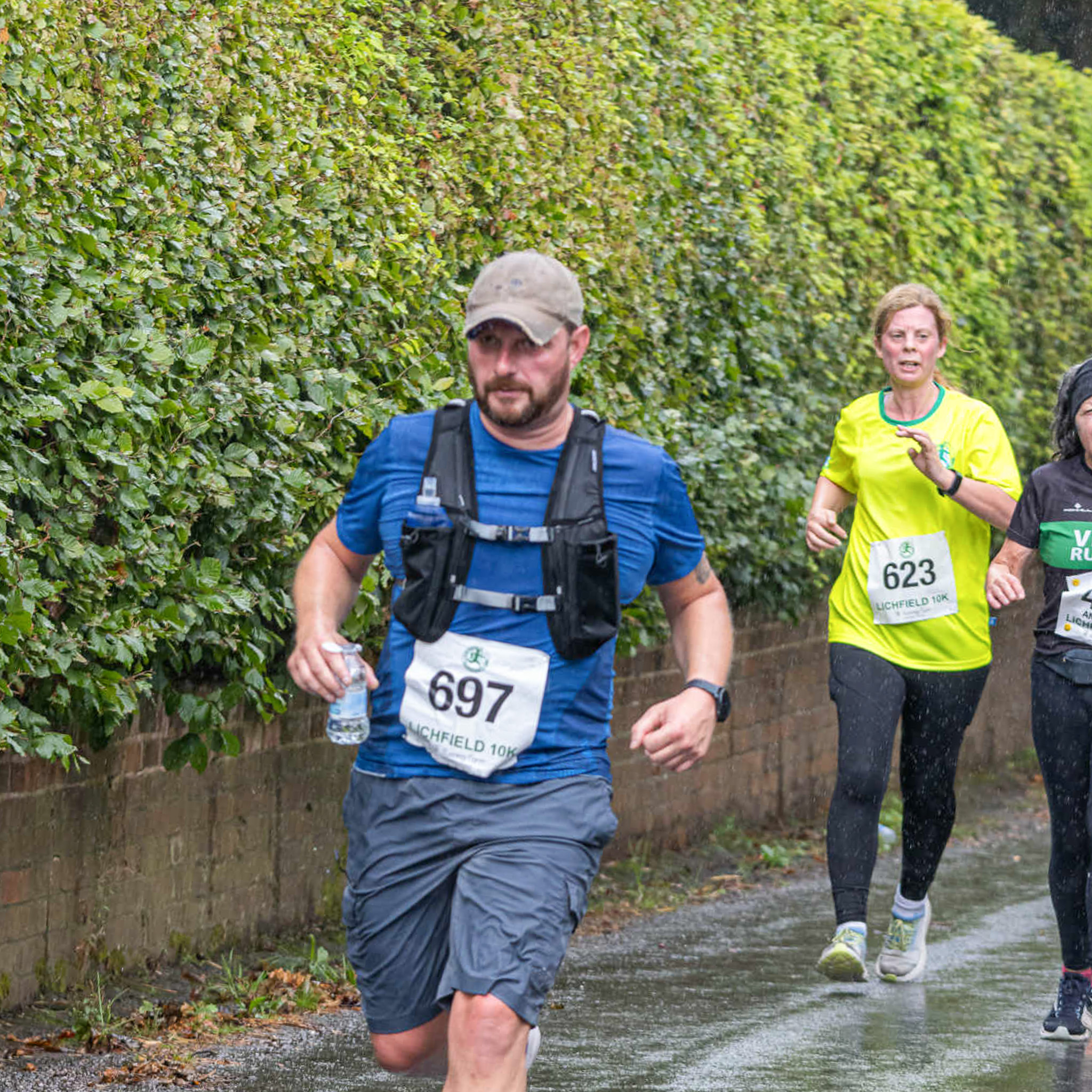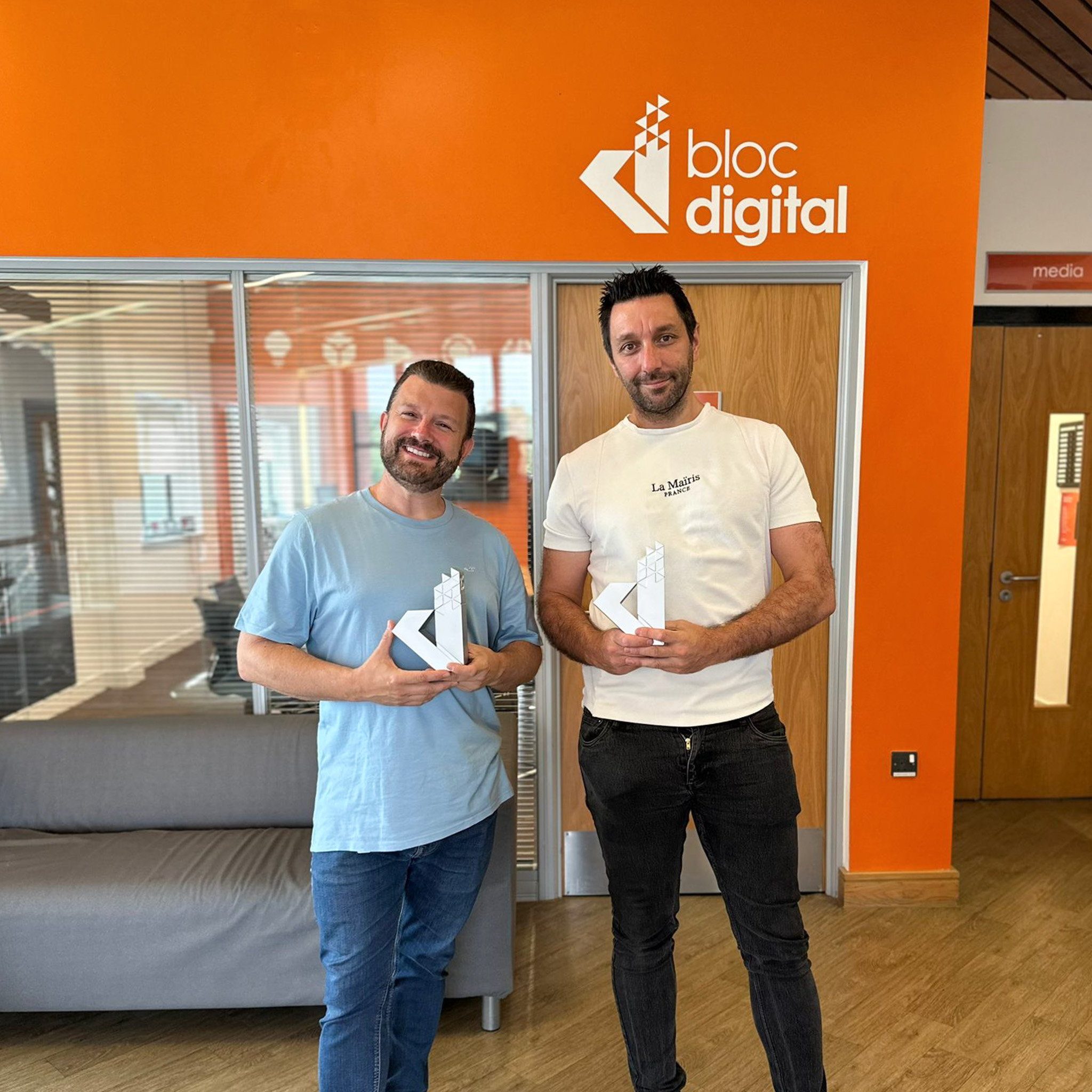News
Championing dedication with Bloc Digital Longevity Awards
At Bloc, our people are at the core of everything we do. Our Blocees grow their careers with us, often for the long haul, and we’re proud to celebrate every key milestone!
-bloc-digital.jpg)
Celebrating 50 years of Knowledge Transfer Partnerships
Bloc joined the University of Derby in celebrating the legacy of Knowledge Transfer Partnerships (KTPs), highlighting successful academia-industry collaborations.
-bloc-digital.jpg)
Beyond Bloc: Braving the Great North Run
Our team are known for going the extra mile and this September, Studio Manager Sean Willday will be doing just that, taking on the famous Great North Run.

Bloc Digital Turns 25 In 2025
We're celebrating 25 years of Bloc! Our vision to innovate, explore and shape what’s next began in 2000 and remains integral to this day.

Geospatial Collaboration Secures UK Space Agency Funding
Bloc Hub's ground-breaking collaboration with Geospatial Ventures Ltd (GVL) has been selected for funding by the UK Space Agency.
-bloc-digital.jpg)
Bloc Digital Flies High at The International Paris Air Show
Our Directors Chris and Keith took the company to new heights, supporting client deliveries, partnerships and representing Bloc the Paris Air Show 2025.



